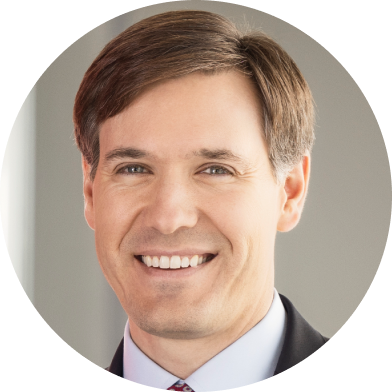Our economic outlook for the United States
December 10, 2025
Flying blind but straight ahead, with growing momentum
“In the absence of official data during the U.S. government shutdown, our analysis suggests that the economy has picked up momentum from earlier in the year and labor market conditions have remained stable.”

Josh Hirt,
Vanguard Senior Economist
With the U.S. government shutdown having ended after 43 days, the most notable effect for policymakers and markets may be the absence of official government data releases—and the added uncertainty this has created during a period of heightened attention to economic conditions.
We anticipate that the shutdown’s effects will be temporary and largely reversed now that the government has reopened; the fourth quarter will experience a drag on growth that should be offset by a boost in the first quarter of 2026. In the absence of official data during the shutdown, our analysis suggests that the economy has picked up momentum from earlier in the year, and we have raised our full-year 2025 growth estimate to 1.9% as a result.
We expect forthcoming official data to confirm that labor market conditions have remained stable. Combined with a more constructive outlook for growth into 2026 and the Federal Reserve’s policy rate cut in October, we anticipate that the Fed will shift from emphasizing the employment side of its mandate to a more neutral stance. We do not expect any additional easing at the Fed’s December meeting and anticipate one rate cut during the first half of 2026.
United States economic forecasts
Notes: GDP growth is defined as the fourth-quarter-over-fourth-quarter change in real (inflation-adjusted) GDP in the forecast year compared with the previous year. Unemployment rate is as of December for each year. Core inflation is the year-over-year percentage change in the Personal Consumption Expenditures price index, excluding volatile food and energy prices, as of December for each year. Monetary policy is the upper end of the Federal Reserve’s target range for the federal funds rate at year-end.
Source: Vanguard.
Note: All investing is subject to risk, including the possible loss of the money you invest.